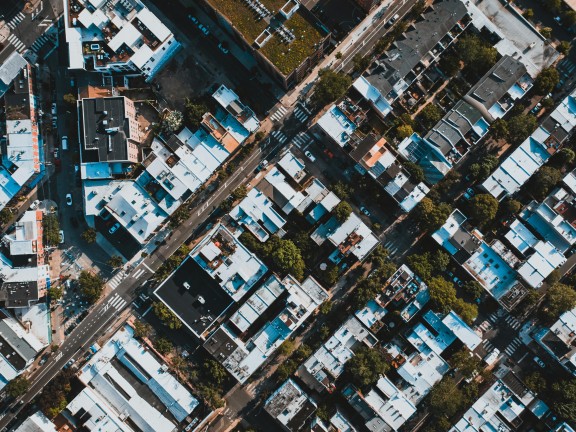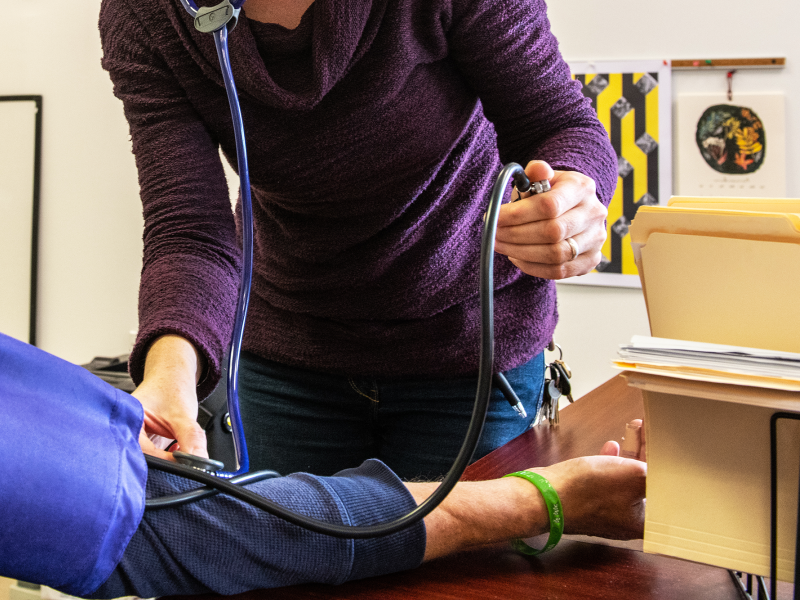Current State of Homelessness: Philadelphia and USA

Hunger and Homelessness Awareness Week is held each year to raise awareness and encourage action on the issues of hunger and homelessness. During this year’s week, November 17th to November 23rd, Pathways to Housing PA will publish a blog post each day highlighting a related topic. We will provide facts, statistics, and actionable insights to help you create change in your community. First, we’ll begin with the current state of homelessness in Philadelphia and nationwide. Understanding the current state of homelessness is crucial to addressing these intertwined issues. It helps us address root causes, combats stigma by providing tangible facts, and informs policies to create solutions.
In Philadelphia right now, it’s estimated that nearly 1,000 individuals are living unsheltered, almost a 40% increase from last year. This does not include those who are couch surfing, hard to find, or squatting in abandoned properties. While homelessness has risen across the city, the Center City and Kensington neighborhoods have seen considerable increases in the past 5 years. It’s estimated that more than a third of Philadelphia’s unsheltered population lives on the street in Kensington. It’s well known now that the opioid epidemic is devastating the region, especially Kensington, and it’s just one of the many factors contributing to the housing crisis.
Opioid addiction is a destabilizing condition, often affecting all aspects of one’s life including housing. Unemployment, rising rents, systemic poverty, lack of affordable housing, and lack of access to mental health services also play significant roles in creating housing insecurity. Philadelphia was named “America’s poorest big city” at the beginning of this year, meaning the city has the highest poverty rate out of the top ten most populous cities in the US. The reasons for this are incredibly complex, but some suggest that Philadelphia’s antiquated land use regulations impede affordable housing development.
Pathways to Housing PA is proud to be a part of the solution addressing homelessness by supporting more than 550 individuals living stably in Philadelphia with wraparound services. Pathways Housing Wellness Corporation (PHWC) was recently established to tackle one of the main issues in Philadelphia: the lack of affordable housing. PHWC aims to build affordable housing that supports healthier lives and stronger communities. Pathways to Housing PA and PHWC are making strides locally, but homelessness is a challenge that extends far beyond Philadelphia. Across the United States, millions face similar struggles in a growing crisis.
According to the National Alliance to End Homelessness, more than 650,000 people are living unsheltered in the United States, a 12.1% increase from last year. Individuals and households are both experiencing extremely high housing costs, city and suburb. It’s estimated that most Americans would need a six-figure salary to afford a typical home in half of the US. High mortgage rates, high home prices, and low inventory all contribute to this unique situation. So, what’s being done to combat this?
In September 2024, the Biden-Harris Administration announced $100 million would go towards building more affordable housing. The funds are part of the Pathways to Removing Obstacles to Housing program. This is likely President Biden’s last funding efforts towards housing. While Donald Trump has yet to make any policies or decisions, he spoke about the housing crisis a few times during his campaign for president. Trump promised to reduce regulations and open federal lands as “ultra-low tax zones” for mass housing construction. It’s unclear how or whether the President-elect will follow through with these promises.
As federal leaders debate solutions to the housing crisis, it's important to recognize how deeply housing insecurity is intertwined with hunger. Studies have shown that individuals facing homelessness often struggle to access consistent meals, with organizations like Feeding America and the Urban Institute highlighting how food insecurity and housing instability often go hand-in-hand. Our Pathways participants often shared with us that finding a meal was very challenging when they were living on the streets. Additionally, rising housing costs may cause households to choose between paying bills and buying groceries.
As Hunger and Homelessness Awareness Week continues, we can reflect on the challenges and take action. Whether volunteering, donating, or spreading awareness, every effort helps create a stronger, more compassionate community. Stay tuned for more insights throughout the week!


